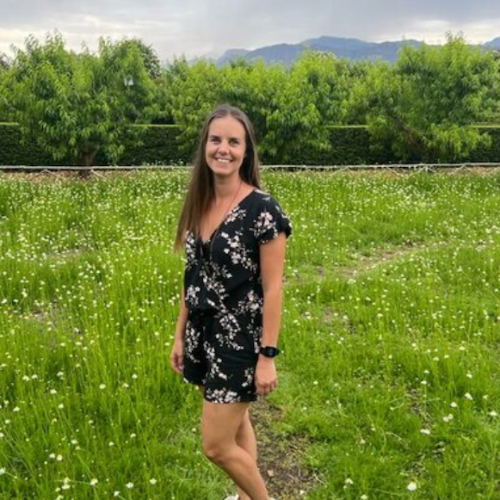6. Train with warriors
If you're curious about Maasai culture beyond the usual encounters on safari, you can actually spend a few days learning from Maasai warriors themselves at a locally run eco-camp. These aren’t choreographed shows—this is part of daily life, and you’re invited to step into it.
Training involves stick-fighting, spear throwing, singing, jumping, fire-making, tracking, and storytelling around the fire. You’ll also learn about the social roles, rituals, and challenges involved in becoming a warrior, or moran. This is one of the best things to do in Kenya.
The age-grade system among the Maasai is strict, and becoming a warrior involves years of training, ceremonies, and responsibilities. While you’re obviously not becoming one yourself, this kind of stay gives real insight into what that life involves. Bush Adventures Camp in Laikipia runs 3–7 day programs with Laikipiak Maasai warriors, where you join in daily routines, eat traditional meals, and stay in rustic bandas.
How to get to Bush Adventures Camp
Bush Adventures Camp is in Laikipia, about a 4–5 hour drive from Nairobi. Most people arrange a private transfer, though some camps can organize pickups from nearby airstrips if you're coming in on a longer trip. These experiences usually need to be booked ahead of time. You can arrange transport and bookings through tour operators in Nairobi.
When to visit Bush Adventures Camp
Training programs happen year-round, but the dry months (January–February and June–October) are easier in terms of weather. Programs tend to start on set days, so double-check before booking. If you're planning a multi-day stay, booking a month ahead is smart since spaces are limited.






















